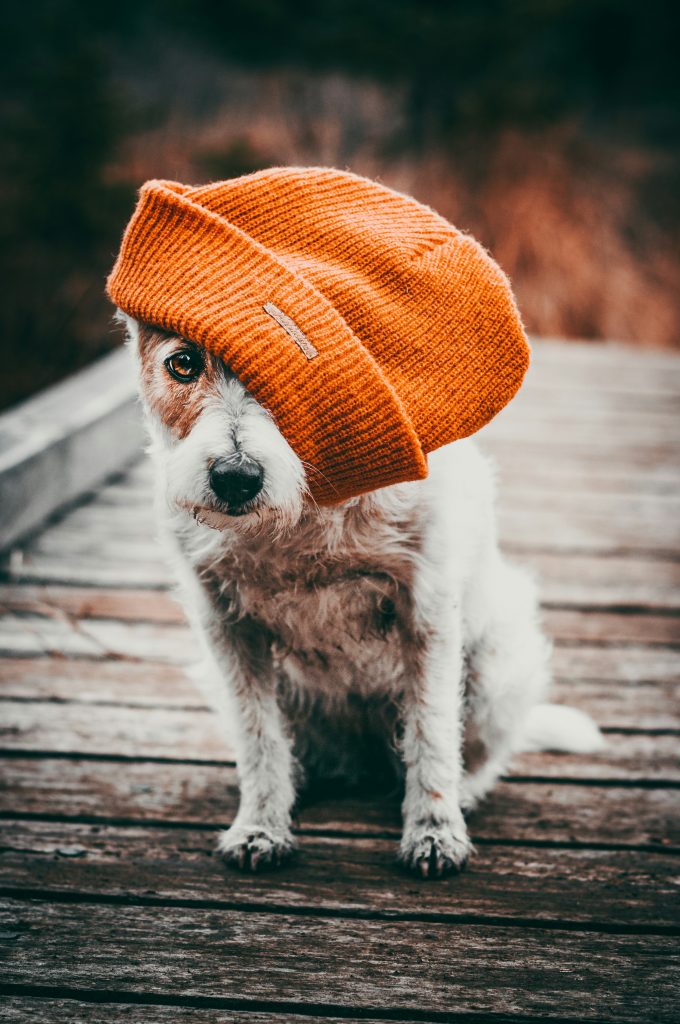Cold Weather and Your Dog’s Comfort
When temperatures drop and snow begins to fall, dogs—just like humans—feel the chill. While many dogs enjoy romping in fresh snow or going on winter walks, not all breeds are built to tolerate cold weather. Understanding how winter affects your dog and what you can do to keep them safe and comfortable is essential to ensuring they stay healthy and happy during the colder months.
How Cold is Too Cold for Dogs?
Dogs have different tolerance levels for cold, depending on their breed, size, age, coat type, and health status. While huskies and malamutes may thrive in snowy conditions, small breeds like Chihuahuas or short-haired dogs like greyhounds can struggle even in mildly chilly weather.
As a general rule:
-
Above 45°F (7°C): Most dogs are comfortable.
-
32°F – 45°F (0°C – 7°C): Small or short-haired dogs may start to feel cold.
-
Below 32°F (0°C): Risk increases for frostbite or hypothermia in some dogs.
-
Below 20°F (-6°C): All dogs, regardless of breed, should be monitored closely.
Signs Your Dog is Too Cold
Keep an eye out for these signs that your dog is uncomfortable in the cold:
-
Shivering or trembling
-
Lifting or holding up paws
-
Whining or barking at the door
-
Slowed movement or reluctance to walk
-
Curling up tightly or trying to burrow
-
Ice or snow sticking to fur or paws
If you notice any of these signs, it’s time to bring your dog inside and warm them up.
How to Keep Your Dog Comfortable in Cold Weather
1. Dress for the Weather
Short-haired and small dogs benefit from winter coats or sweaters. Look for warm, waterproof options that don’t restrict movement. Jackets with belly coverage and reflective strips for visibility are ideal for walks.
2. Protect the Paws
Snow, ice, and salt can irritate your dog’s paws. Use booties for protection or apply paw balm before and after walks to keep pads moisturized and shielded. Always wipe paws clean when you return indoors.
3. Shorten Walks When Needed
When temperatures drop significantly, reduce the length of walks or break them into shorter sessions. Provide indoor playtime or enrichment to make up for less outdoor activity.
4. Create a Cozy Indoor Environment
Make sure your dog has a warm, draft-free area to rest inside. Provide a soft, insulated bed and avoid placing it directly on cold floors like tile or hardwood.
5. Keep Up With Grooming
Don’t skip grooming in winter. Regular brushing helps keep your dog’s coat healthy and insulating. Avoid shaving double-coated breeds, as their fur helps regulate temperature.
Indoor Activities for Cold Days
When outdoor time is limited, stimulate your dog indoors with:
-
Puzzle toys and treat-dispensing games
-
Training exercises and new tricks
-
Indoor fetch with soft toys
-
Tug-of-war or hide-and-seek
Mental stimulation is just as important as physical activity—especially during cold stretches.
Cold Weather Risks to Watch For
1. Frostbite
Frostbite can occur when a dog’s skin is exposed to freezing temperatures for too long. It commonly affects ears, tail tips, and paws. Watch for pale or bluish skin and consult a vet if you suspect it.
2. Hypothermia
Hypothermia happens when a dog’s body temperature drops below normal. Signs include lethargy, shivering, stiff muscles, and slow breathing. Wrap your dog in warm blankets and contact your vet immediately if symptoms appear.
3. Antifreeze Poisoning
Antifreeze is toxic but has a sweet taste that can attract dogs. Clean up spills immediately and keep containers out of reach. Symptoms of poisoning include vomiting, lethargy, and seizures—this requires emergency treatment.
Special Considerations for Puppies and Seniors
Young puppies, senior dogs, and dogs with health issues are more susceptible to cold. They may need extra layers, limited outdoor exposure, and even heating pads (dog-safe only) to stay warm indoors.
Breeds That Love the Cold vs. Those That Don’t
Cold-tolerant breeds:
-
Siberian Huskies
-
Alaskan Malamutes
-
Saint Bernards
-
Bernese Mountain Dogs
-
Newfoundlands
Cold-sensitive breeds:
-
Chihuahuas
-
Greyhounds
-
Dachshunds
-
Boston Terriers
-
Pugs
If your dog is in the cold-sensitive group, you’ll need to be more proactive with winter protection.
Final Thoughts
Cold weather doesn’t have to mean discomfort for your dog. By learning to recognize their limits, investing in the right gear, and adapting your routine, you can help your furry friend enjoy the winter safely and happily. Every dog is different, and some may love snowy romps while others prefer the couch and a cozy blanket—but with your support, all dogs can get through the cold season with a wagging tail.



